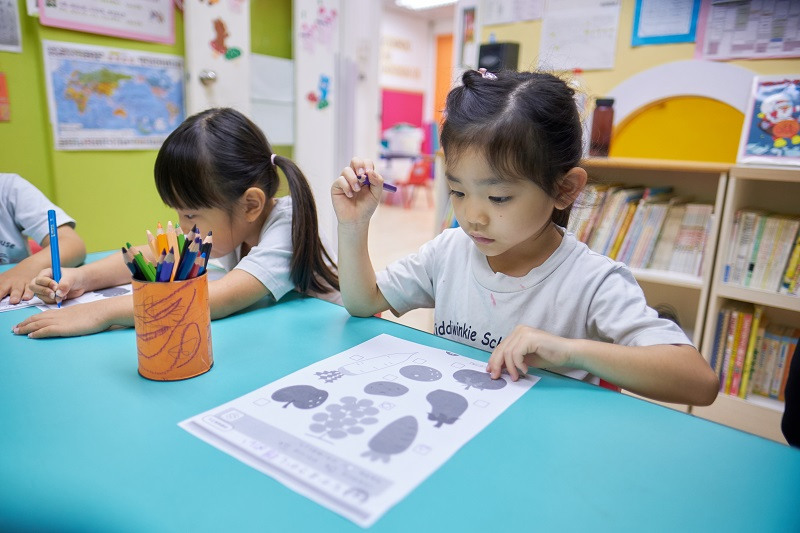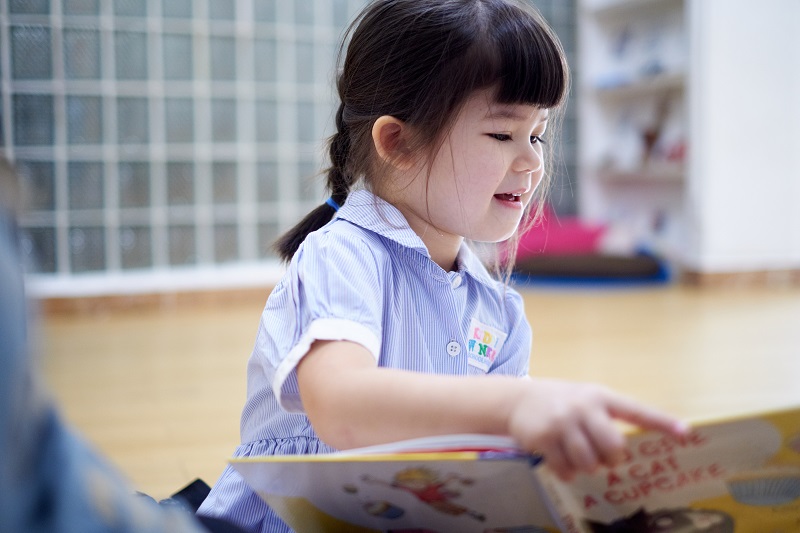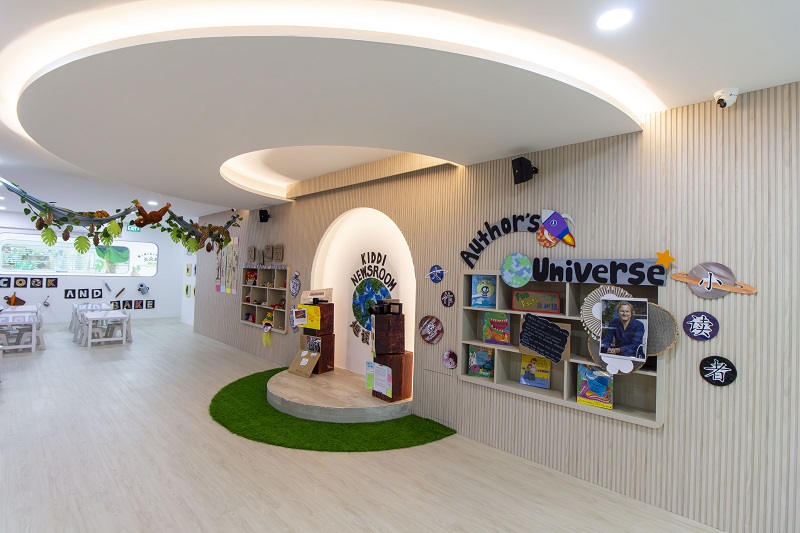
Writing is one of the many skills children practice in their early years as they develop fine motor skills. This is part of a child’s normal growth, hitting developmental milestones that allow them to coordinate hand and eye movement, manipulate writing materials in their small hands, and move the instrument in the ways they need to produce shapes and lines on the page.
As children start to become pre-literate, they may draw lines and squiggles that resemble letters closely. They may mimic the way their parents and teachers write on pieces of paper. Eventually, the lines and squiggles will start to become more formed, with children succeeding in reproducing the simplest letters like O, U or T. Don’t worry if their E’s have many more than three horizontal lines, or if their letters turn out backwards. It is all part of normal and natural development.
As children grow more practiced and fluent with writing, they will also begin to invent and make up little stories of their own. Parents should encourage this tendency, as creative writing is an important part of literacy and language acquisition.

What are some challenges that preschoolers face with creative writing?
Some preschoolers struggle with writing because they are not able to spell very well yet. It can be discouraging when they have many interesting and vivid ideas but feel frustrated at their slowness in getting the words onto paper.
Remember that even though it may be called creative “writing”, the process of producing the story is the most important part. Encourage verbal storytelling as a first step, as well as illustrating their stories, as drawing is a wonderful way to tell a story as well as exercise fine motor skills.
It is also important not to be too fixated on the correct spellings. Part of linguistic acquisition means that as children learn how spelling works, they will often spell words phonetically. This is a good first step in writing, and if too much focus is put onto the correct spelling at the start, it can kill the joy of writing for the child.
Reading to your children
Reading is the first, essential step of teaching children to write. Not only does it expand their vocabulary and help them to instinctively pick up on grammar and pronunciation, reading widely ensures that children will internalise story structure, plotlines, and characterisation. Try to expose your child to a wide variety of stories - the National Libraries in Singapore are an excellent free resource.
Questioning techniques
Many parents read books as though the text is the only important thing on the page to get through. In fact, most children’s picture books offer rich contextualisation and information in the illustrations.
Explore each page by questioning what can be seen in the pictures, linking them with the text. Ask your children to predict what might happen next, or consider why a character is behaving in a certain way.
As they begin to make sense of cause and effect, they will also develop a sense of empathy and understanding for others.

Creative writing in preschool
The best preschools in Singapore understand the inherent value of creative writing. KiddiWinkie Schoolhouse offers a unique literacy programme that incorporates quality literature.
Author’s Universe, for instance, is a bilingual programme that empowers children to discover storytelling elements and create their own publication at the end of the year. Another programme, Super Readers, Super Heroes, is designed to build English language acquisition skills through the writing of a journal.
Keen to find out more about our literacy programmes and how we can support your child’s learning journey?
Book a tour at your preferred center to explore our programmes and how your child can benefit from the learning experiences!
Follow us on social media to stay updated on our latest updates and happenings:





